What are the main flavor characteristics of Bolivian coffee beans
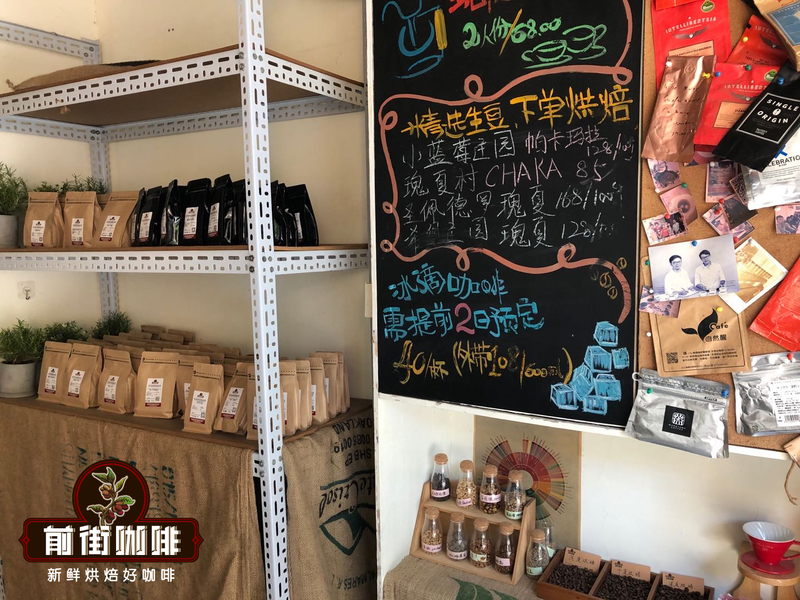
Professional coffee knowledge exchange more coffee bean information please follow the coffee workshop (Wechat official account cafe_style)
As a coffee-producing country in the Americas, Bolivian coffee seems to rarely appear on the market. So what is the quality of Bolivian coffee? Qianjie Coffee is also concerned about this producing area, so let's tell the story of Bolivia, an unknown coffee producer in South America.
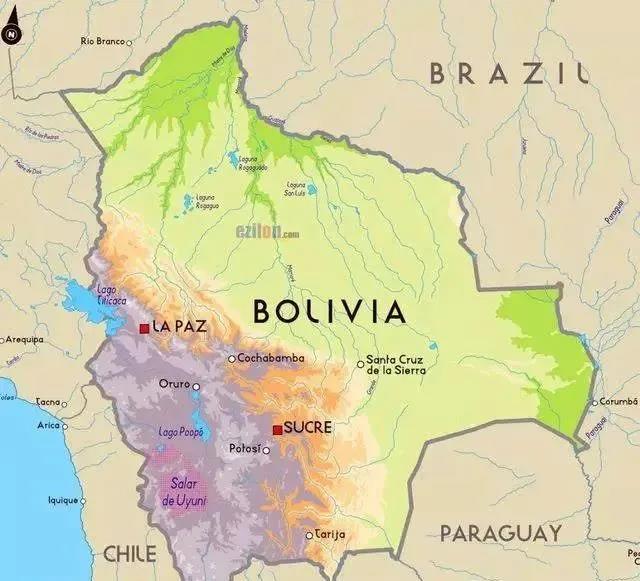
Bolivian State
Bolivia is one of the poorest countries in Latin America, a landlocked country bordering Brazil and Colombia. The origin of Bolivian coffee can be traced back to 1880, when all production was basically related to the owners of some large farms north of La Paz. In 1991, the government promoted a program for aborigines to grow coffee, but paid little attention to quality. The history of Bolivian coffee is very interesting, although it is a country with great potential for coffee exports, its production has been quite scarce and the conditions for growing coffee are excellent, but the challenges are also extremely difficult. the result is an extraordinarily rich agricultural history built on a very difficult land.
Coffee producing area
Yonggas Yungas
Yonggas, located in the Andean hills just east of La Paz, is a rugged agricultural area. The road to Yonggas is rugged and dangerous, making it difficult to transport coffee. But despite the above disadvantages, the coffee in this area is very unique because of its unique microclimate and incredible altitude. Finca Takesi, the highest coffee farm in the world, is also here, with an elevation of 2500 meters.
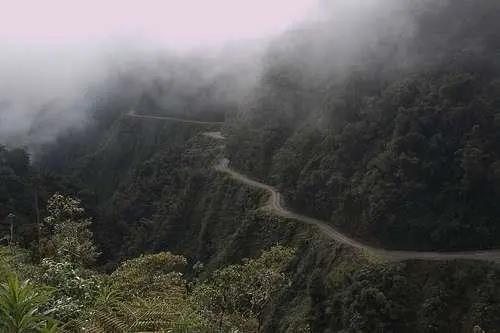
La Paz Calavina La Paz Caranavi
Caravina is located to the north of Yonggas, which is also located in the hills of the Andes, but does not reach the same altitude as Yonggas. Caravina's average altitude is 1500 meters above sea level, so the coffee produced here is a little less complex and has more chocolate flavor.
Copacabana Copacabana
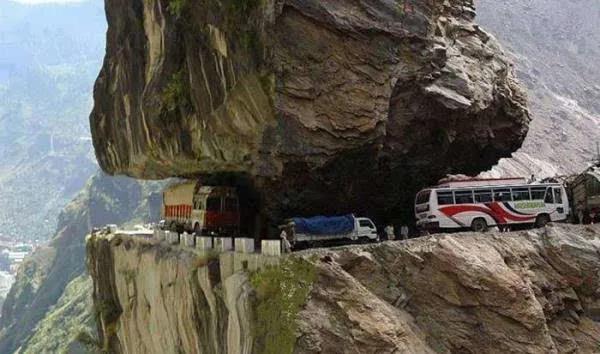
Copacabana is located in the western part of the country, near Lake Titicaca. The moist air in this producing area provides excellent conditions for the growth of coffee. Lake Titicaca is also one of the highest lakes in the world, with an average annual temperature of about 10-14 degrees Celsius. This means that the coffee in this producing area has the advantage of altitude and temperature in the first place. The main coffee producing area in Bolivia is the Yonggas region, where the infrastructure is relatively backward and there is a lack of large washing plants. When the coffee is ripe, farmers have to pick the ripe fruit and immediately ship it to La Paz, which is higher than the region for processing. Yonggas's steep road through La Paz is known as the "road of death." During the transportation, the coffee fruit is easy to ferment and rot on the way, resulting in bad taste such as choking nose.
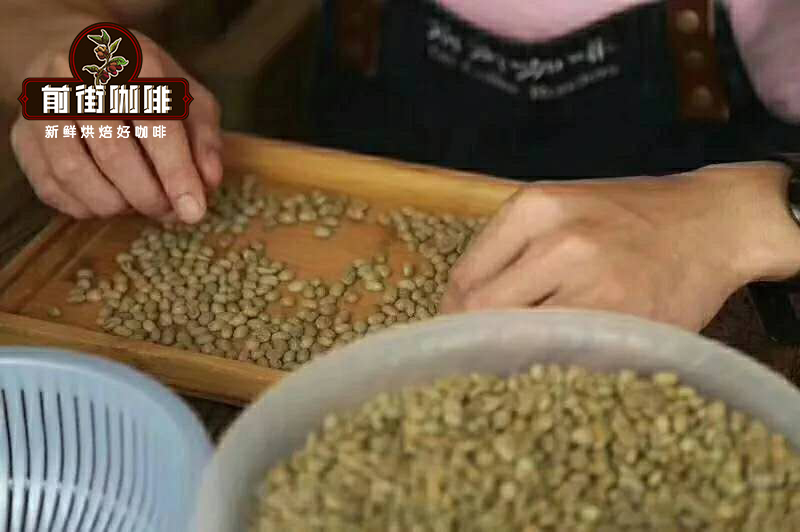
Coffee bean variety
Although there are some Kaddura varieties (caturra), most of the coffee plants grown in Bolivia are iron pickup varieties. Of course, Bolivia also grows a special variety of coffee-java. In Bolivia, a variety called long bean is named because of its long appearance. Its official name should be Java. Java is a very interesting bean species, which is strongly related to Indonesia from its name, but in fact Java was originally a coffee tree species born in the primeval forest of Ethiopia, collected by local peoples and then spread to Indonesia through Yemen, where it was named Java. It was generally believed that Java was a variety of Tibica, but genetic comparisons revealed that Java was actually a coffee variety Abysinia from Ethiopia.
After spreading to Indonesia, the Javanese variety spread first to the nearby Timor island group, and then to Cameroon in East Africa, where it was first released for farmers in 1980. As for the spread to Central and South America, it was introduced to Costa Rica through CIRAD (the Centre de Coop é Internationale en Recherche Agronomique pour le D é veloppement) in 1991 under the guidance of breeding expert Benoit Bertrand. The first Central American country to formally recognize the Java variety was Panama. Java has long fruits and seeds, brass buds, high plants but low yields. Because of its outstanding flavor, it has stronger resistance to leaf rust and coffee fruit disease, so it is very suitable for small farmers.
Bolivian coffee producing area flavor
Coffee produced at high altitudes in Bolivia usually has a deep and full sweetness, soft citrus acidity and black fruit and berry flavors. Coffee produced at relatively low altitudes shows a balanced taste, excellent chocolate sweetness, soft acidity, and malt and dried fruit flavors.
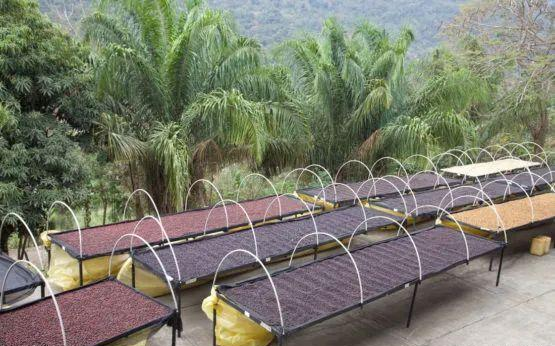
Coffee treatment
Bolivian farmers mainly use water washing method to treat raw beans, put the selected coffee cherries into the peeling machine, and initially remove their peel and pulp; put the coffee beans with residual pectin into water and let them ferment for about 24 hours; after fermentation, wash the raw coffee beans with parchment in a flow tank to remove their pulp and pectin. After washing, dry the coffee beans or dry the coffee beans with the help of a dryer to reduce the moisture content to about 12%. Finally, remove the parchment of raw coffee beans.
Some producing areas occasionally use solarization, and it is worth mentioning that because Bolivia has a colder climate than other coffee origin countries, many farmers use machine drying rather than sun drying, so a new method of solarization, cocoa solarization (Coco natural), has been created. The cocoa dryer has never been used in the treatment of coffee beans before, but Pedro of the Rodriguez family has been innovating and experimenting with different treatment techniques and found that cocoa dryers can slowly and continuously dry coffee beans at low temperatures. to reduce the impact of weather conditions. After drying, the coffee beans are transported to La Paz for rest, and then shelled at La Luna, a drying plant in Agricafe. In this factory, machinery is used for careful shelling and sorting of coffee, in addition to manual sorting under ultraviolet and natural light.
What is the tomorrow Sun Project?
Coffee production in Bolivia has continued to decline in recent years, and several factors have contributed to this decline. One is that coffee competes with the local coca industry. Coca is easier to pick, harvests all the year round, and farmers are more profitable. But in the long run coca plantations have had a devastating impact on land and communities. Undeveloped rainforests are often illegally destroyed to grow coca, and lack of shade of trees leads to serious soil erosion. Coca growers overuse fungicides to increase crop yields, and over time, the soil becomes barren and the land is gradually abandoned.
Secondly the lack of a central body to support and promote coffee production also threatens the vitality of the Bolivian coffee trade. Unlike other coffee-producing countries such as Guatemala and Brazil coffee producers in Bolivia are not supported by the Government or national agricultural institutions. As if these blows were not enough, leaf rust was rampant in 2013 (a mold that attacks coffee leaves, making it impossible for coffee trees to photosynthesis). In that year alone, Bolivia lost nearly 50% of its coffee production. Taken together, Bolivia's coffee production has fallen by 70% over the past decade, making it a small coffee-producing country.
In order to prevent the loss of these wonderful flavors, the Rodriguez family, one of the main force of boutique coffee in Bolivia, began to help farmers improve the quality of coffee, thereby increasing profits, thus giving birth to the "tomorrow Sun" project. The Rodriguez family gave adequate technical guidance in seed selection, planting and picking, and set up large-scale treatment plants to help small farmers complete the treatment process, and to support subsequent sales, export and other services. greatly increased the enthusiasm and income level of small farmers, with practical actions to protect the sharp decline of Bolivia's boutique coffee industry.
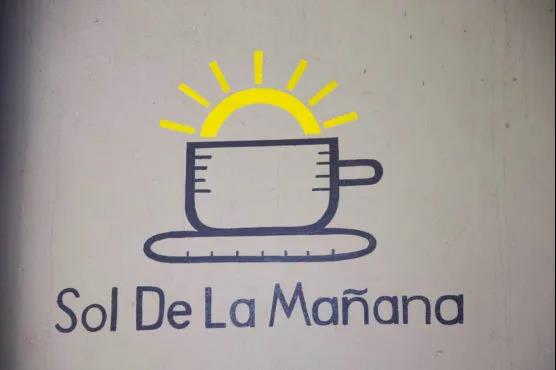
What does the Sun Plan for tomorrow do?
The Rodriguez family visits all tomorrow Sun Project members every month to provide them with personalized technical assistance and agricultural advice, even the simplest of which can go a long way. As the production capacity of the farmers continues to increase, the Rodriguez family stressed to them that they should continue to focus on quality rather than quantity. Farmers are also being taught to take care of what they have and make full use of it to maximize production. The Rodriguez family also holds seminars with first-class agronomists throughout the year. These seminars allow farmers to meet each other, share their experiences and discuss ways to solve the problems they encounter.
What's the result of tomorrow's Sun Project?
2017 is the first production of tomorrow's Sun Plan, and the Rodriguez family is very satisfied with the output result. Coffee production has doubled to about 20 bags per hectare, and the number of project members has expanded from the initial 10 to 50. The tomorrow Sun Project requires a lot of money, time and resources from the Rodriguez family. But they sincerely believe in the potential of Bolivian coffee, and the Rodriguez family is very concerned about and supports the farmers to realize their potential and improve their lives.
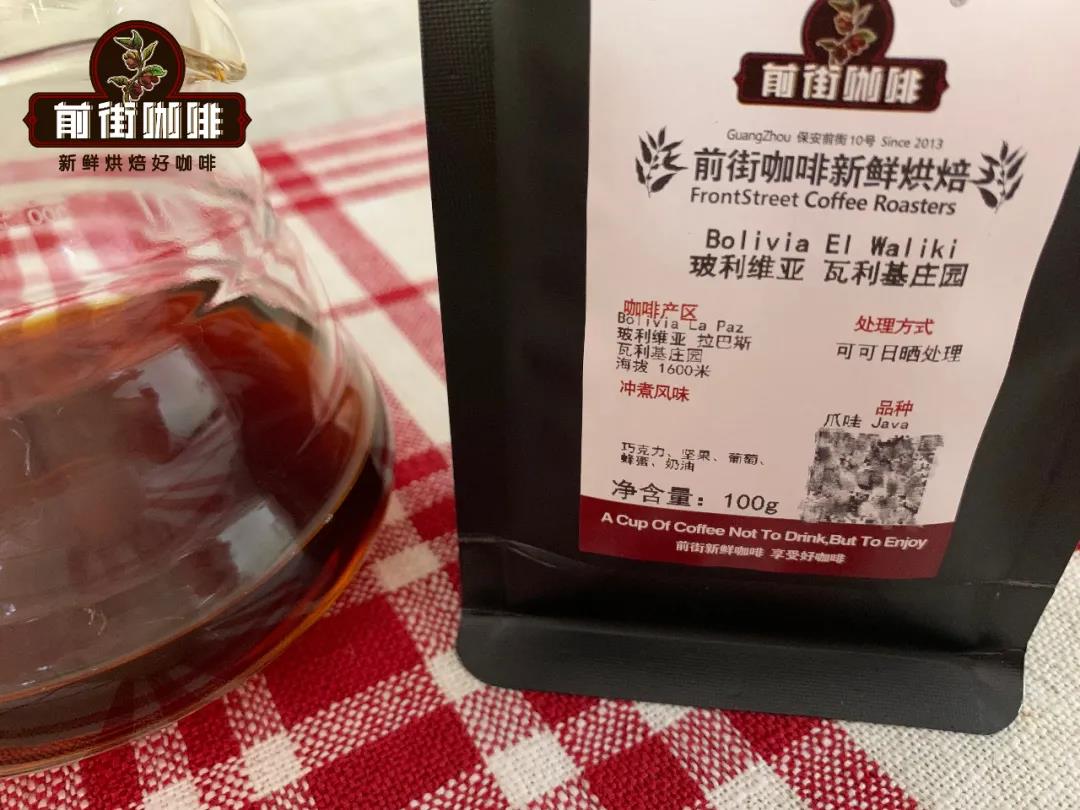
Front Street Coffee Bolivia Waliki Manor Cocoa Sun Java
Coffee producing area: la Paz
Coffee Manor: Waliki Manor
Planting altitude: 1600 m
Coffee variety: Java
Treatment method: cocoa sun treatment
Roasting Analysis of Qianjie Coffee
In order to highlight the sweetness of the sun and the aroma of cocoa, this batch of cocoa sun-treated Java coffee is used to prolong the development period to produce a sweet and delicious flavor. Taking Yangjia 800N as an example, 500g raw beans were used.
When the furnace temperature is 151.1 ℃, the smell of grass will disappear completely, and enter the dehydration stage, when the temperature is 151.1 ℃, ugly wrinkles and black markings will appear on the bean surface, and the smell of toast will obviously turn to coffee, which can be defined as a prelude to an explosion. At this time, it is necessary to listen clearly to the sound of an explosion point, start an explosion at 10pm 39th 18, and develop 1mm 39th 00190 ℃ into the pot after an explosion.
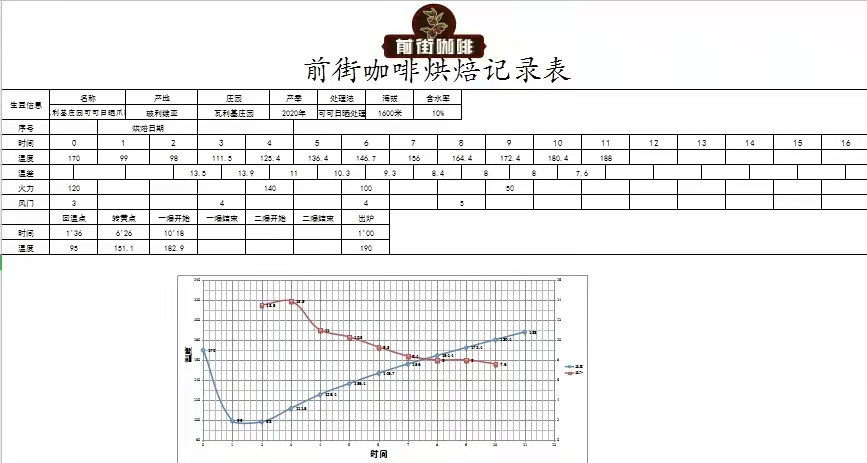
Qianjie coffee brewing parameters
Filter cup: HARIO V60
The water temperature is 90 degrees
Ratio of powder to water: 1:15
Degree of grinding: fine granulated sugar size
Steam with 30 grams of water for 30 seconds, small water flow around the circle to 125 grams for sectional injection, water level drop is about to expose the powder bed, continue to inject water to 225 grams to stop injection, and so on when the water level drop is about to expose the powder bed, remove the filter cup, (steaming starts timing) the extraction time is 2 minutes 39 percent 00 ".
Flavor description: slightly fermented, grape, light nut, floral aroma, medium acidity, fruit juice taste.
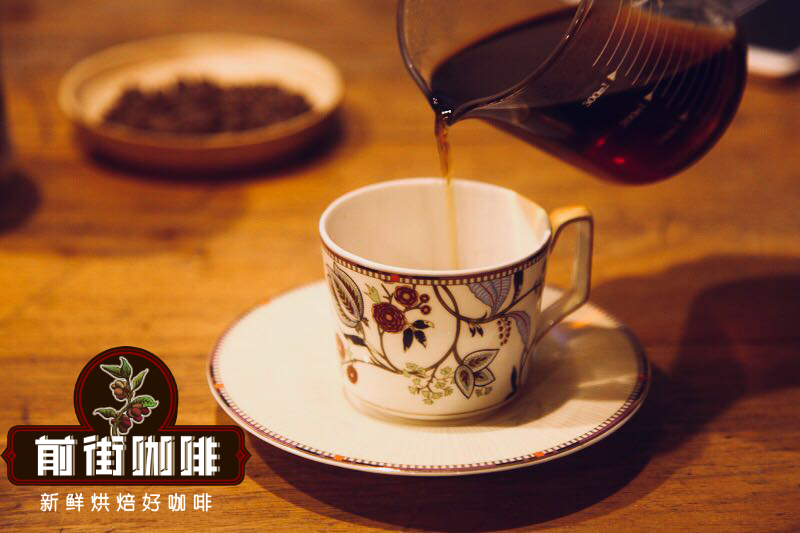
For more knowledge of boutique coffee, please add private Wechat: kaixinguoguo0925
Important Notice :
前街咖啡 FrontStreet Coffee has moved to new addredd:
FrontStreet Coffee Address: 315,Donghua East Road,GuangZhou
Tel:020 38364473
- Prev
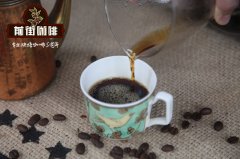
Demand for Robusta coffee beans rises sharply. Robusta coffee beans exported to Vietnam will innovate.
Professional coffee knowledge exchange more coffee bean information please follow the coffee workshop (Wechat official account cafe_style) although Robusta is one of the three major varieties of coffee, but his chromosome number is different from Arabica, so the characteristics are quite different: the same number of coffee beans with twice as much caffeine as Arabica, can adapt to lower elevations and difficult growth rings
- Next
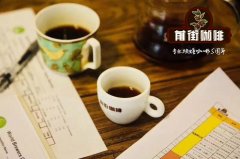
Flavor characteristics of Ecuadorian Coffee La Playa Castio Castillo from producing area
Professional coffee knowledge exchange more coffee bean information please follow the coffee workshop (Wechat official account cafe_style) [Paradise 12.21Bake] Ecuadorian coffee La Playa Casteo "2016 Taza Dorada Arabica Competition" 4th (227g original) [Paradise] Ecuador La Playa Castillo Ecuadorian coffee flavor: coffee flowers and Mo
Related
- Detailed explanation of Jadeite planting Land in Panamanian Jadeite Manor introduction to the grading system of Jadeite competitive bidding, Red bid, Green bid and Rose Summer
- Story of Coffee planting in Brenka region of Costa Rica Stonehenge Manor anaerobic heavy honey treatment of flavor mouth
- What's on the barrel of Blue Mountain Coffee beans?
- Can American coffee also pull flowers? How to use hot American style to pull out a good-looking pattern?
- Can you make a cold extract with coffee beans? What is the right proportion for cold-extracted coffee formula?
- Indonesian PWN Gold Mandrine Coffee Origin Features Flavor How to Chong? Mandolin coffee is American.
- A brief introduction to the flavor characteristics of Brazilian yellow bourbon coffee beans
- What is the effect of different water quality on the flavor of cold-extracted coffee? What kind of water is best for brewing coffee?
- Why do you think of Rose Summer whenever you mention Panamanian coffee?
- Introduction to the characteristics of authentic blue mountain coffee bean producing areas? What is the CIB Coffee Authority in Jamaica?

